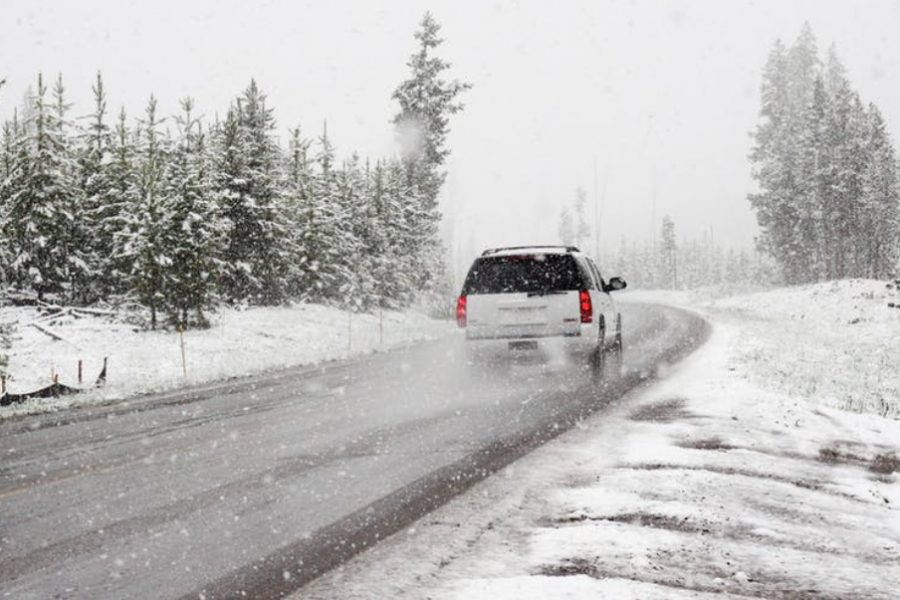Winter driving tips help keep students prepared
IMAGE / Pexels
Winter weather can make new drivers uncomfortable and afraid of driving when snow and ice cover roadways.
About one quarter of all weather-related accidents occur during winter driving conditions, according to the Federal Highway Administration.
Some of these crashes involved teenagers who likely lacked the skill to drive in dangerous conditions.
Mr. Andy Nester, driving instructor, has taught drivers education for 25 years and suggests students remain cautious and stay aware of their surroundings.
“The way to combat any accident is to be overly cautious,” Nester said. “Reduce your speed, don’t take unnecessary risks, and focus on the task of driving.”
Senior Melinda Blaine, driver of three years, feels that drivers need to slow down during winter weather.
“My number one tip is slow down in the winter and allow yourself time to stop,” Blaine said. “I cannot stress that enough.”
Junior Austin Burrows has driven for close to two years and suggests checking your car fluids before beginning your trip in the winter.
“If I had any advice, it would be to check the oil, antifreeze, and oil before heading out,” Burrows said. “Your car may not act like normal in the winter or can develop issues when fluids aren’t checked often and filled. Having everything, fluid wise, in order and periodically checked will help the car run smoother.”
If you are uncomfortable or new to winter driving, avoid driving in dangerous weather unless absolutely necessary.
Here are some more tips from Nester and Mr. Paul Adas, English teacher and driving instructor, to help everyone from teenagers to adults combat the winter roads in Michigan:
- Have snow tires or tires with excellent tread
- Clear your car of snow and ice, especially the license plate, before driving
- Know where you’re going to anticipate intersections
- Gently apply brakes to test slippery road conditions when no traffic is present
- Snow and ice means you should go slow
- Use blinkers and leave a larger gap between you and others to ensure your safety and those around you
- If you lose control of your vehicle, try your best to avoid a head-on collision (Steer off the right side of the road if possible to hit something soft compared to something that is hardened)
- Leave earlier than usual and take your time
- Safety is the first priority

Birthday: January 3, 2001
Hobbies/Interests: Photography, writing poems, makeup, cheer, drawing, painting, and interior designing.
Favorite Quote: "I...












Angela Hobson • Mar 7, 2019 at 9:42 pm
The best piece of advice for winter driving is to pop the car into neutral as soon as you start to slip. This will help stop the car and allow you to regain control.